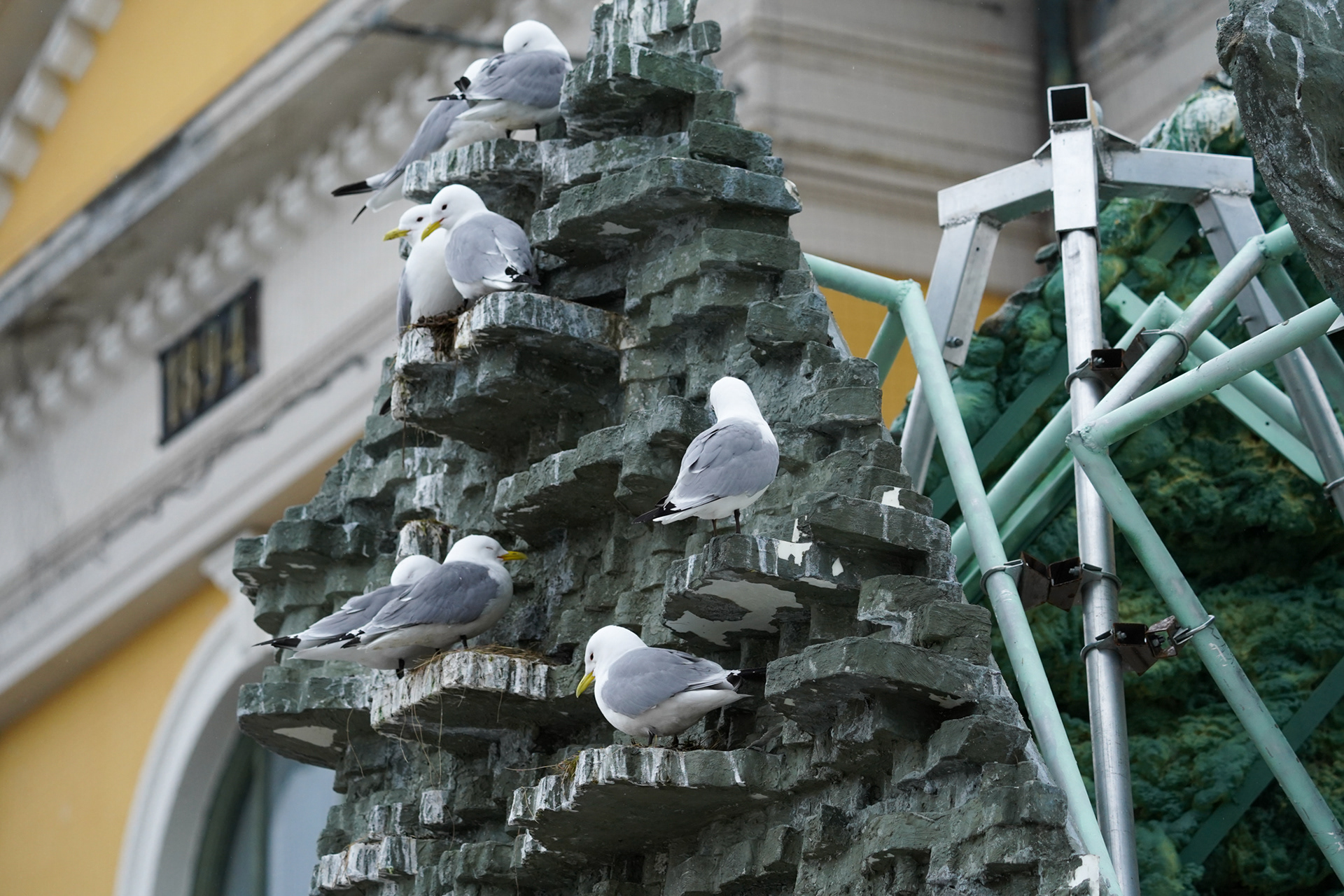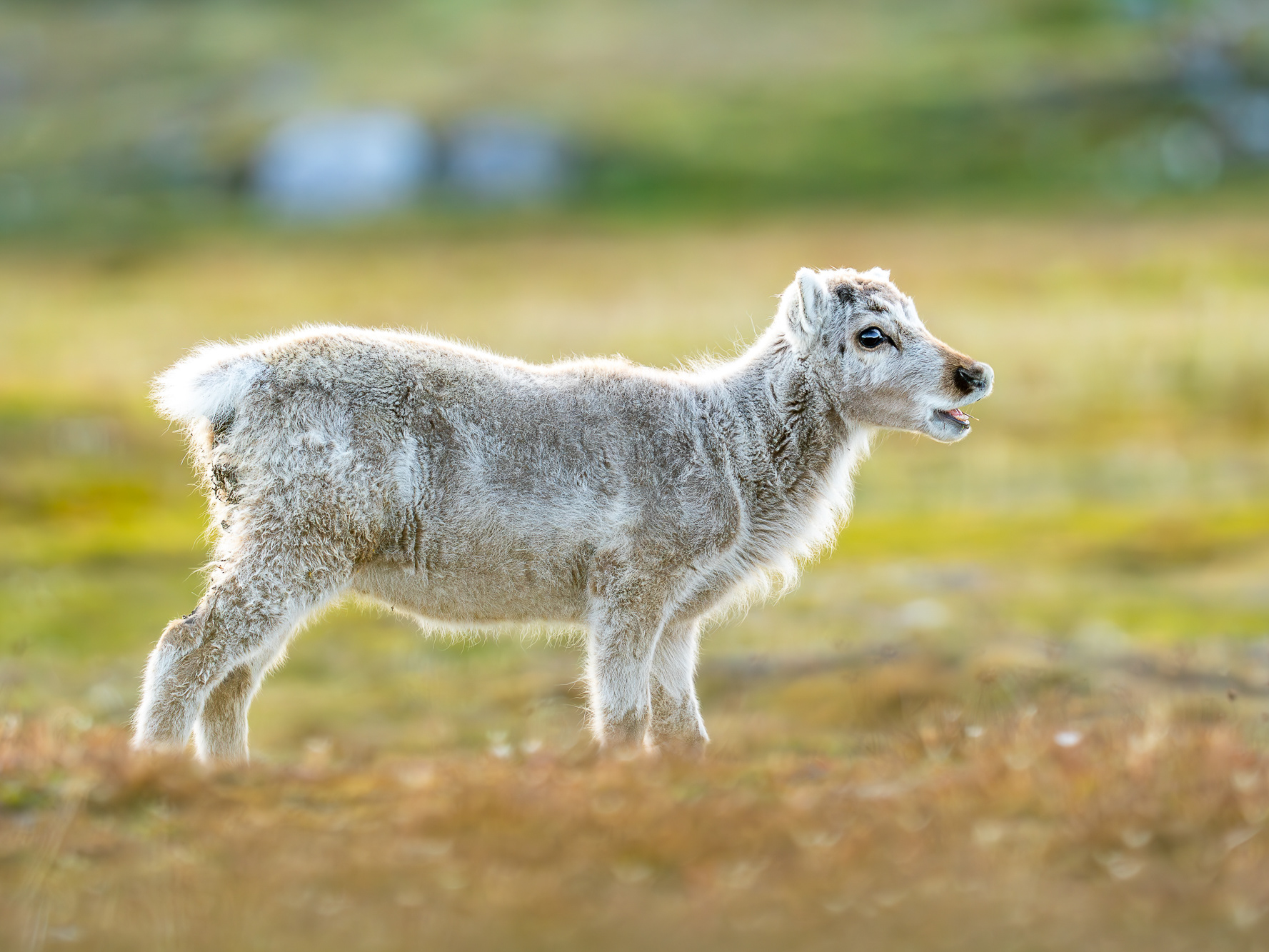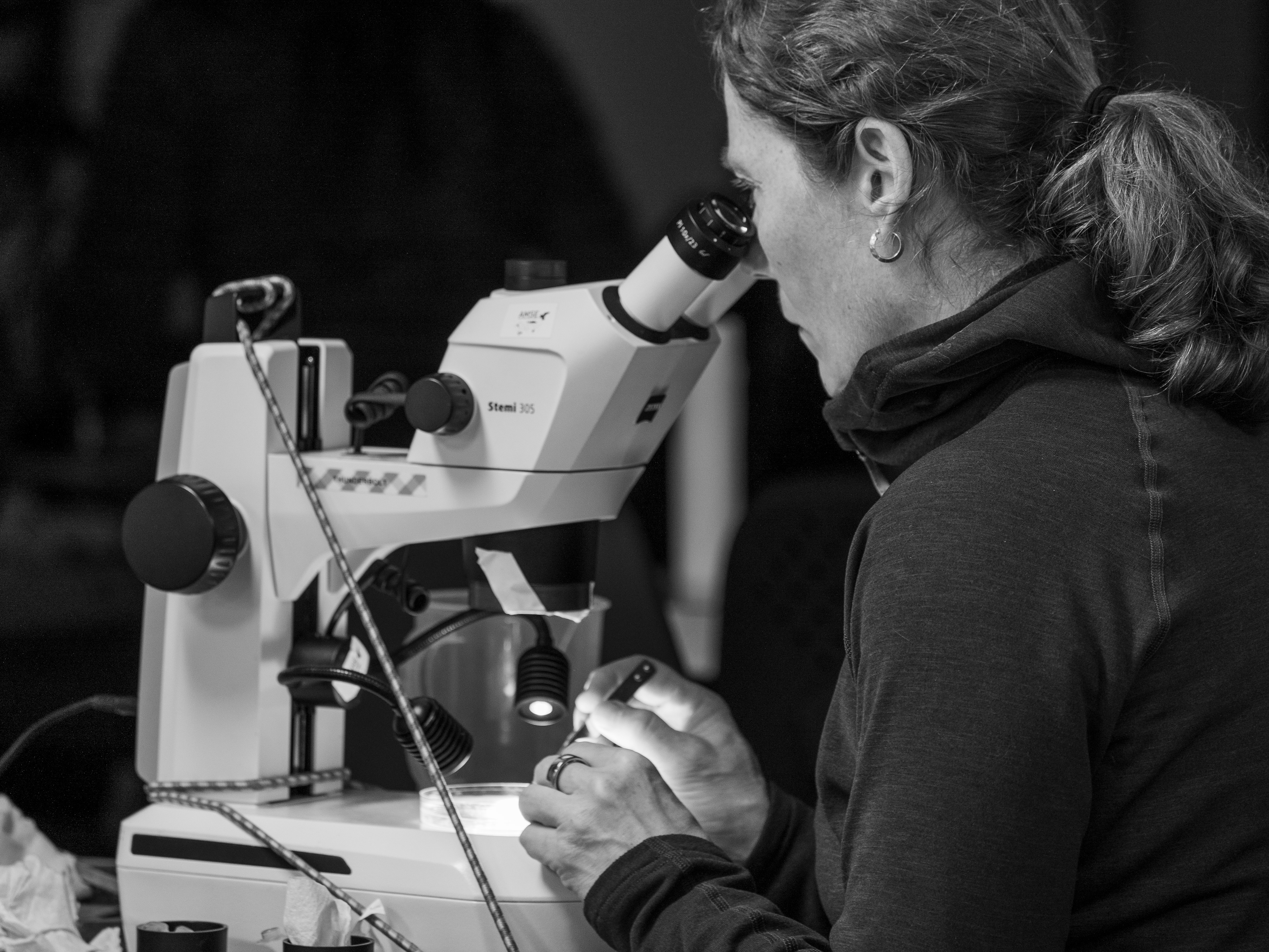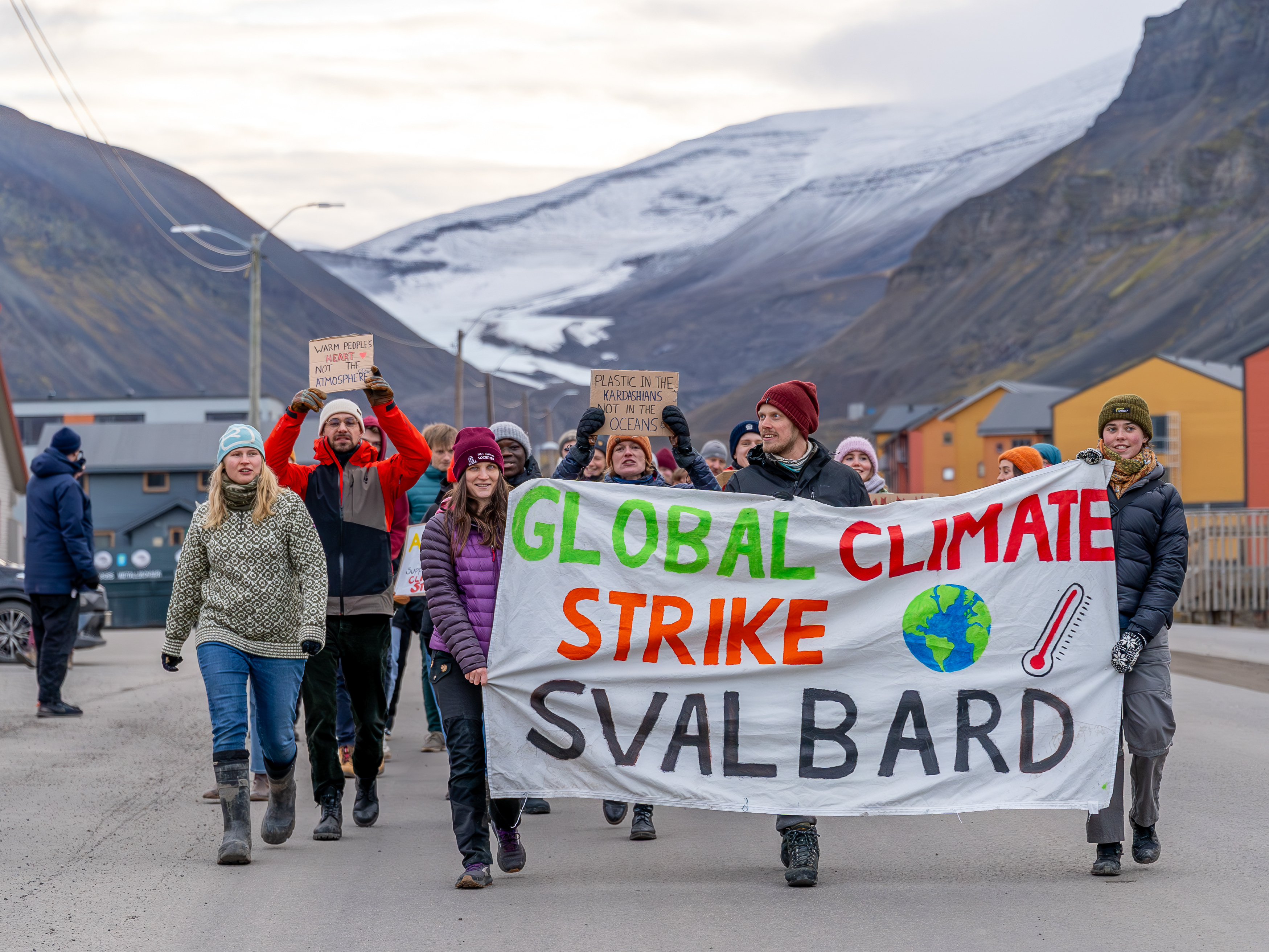Kittiwake and Arctic tern setting flight. ©Aztrid Novillo
It has been more than 6 years since I decided to make the Norwegian Arctic my home. Through these years, I have had the opportunity to explore this vast area and I fell in love with each living being and landscape I crossed paths with. Without doubt the Arctic stole my heart.
Kittiwakes in the wild. ©Aztrid Novillo
The cities of tomorrow
Shifting from the wild to cities to survive. ©Aztrid Novillo
I have worked as an architect and urban planner for years. I have often felt appaled at the decisions made by the industry, to develop new urban structures without considering the other species who already live there.
The speed of urban growth in the world is alarming and many species lose their natural habitat. It is true that nature is resilient, but we tend to take it for granted.
We must give nature time and space to recover. I believe that we must rethink the way we plan our cities and integrate design strategies that enhance coexistence at different scales, from small local interventions to master plans.
Kittiwakes: Tromsø’s climate refugees
Kittiwakes nesting over sharp spikes placed to prevent them from setting their nest in building facades. ©Aztrid Novillo
In recent years, Tromsø has become a city where wildlife adaptability is very visible. The endangered black-legged kittiwake has started to nest in urban environments, in close proximity with humans. This adaptation has led to conflicts. Ignorance and prejudices have created barriers for this species.
Walking in the streets of Tromsø, one can see bird deterrents on every ledge where kittiwakes can possibly nest, and in some cases – with the spikes – hurting them physically. These scenarios are heartbreaking to witness and unacceptable.
Wires, sharp spikes and diverse devices are places all over town creating barriers for the Kittiwakes survival. ©Aztrid Novillo
Citizen science to grow empathy
Fortunately, interdisciplinary collaborations between design, art, science and tourism had led to a new approach to advocate coexistence in urban spaces. In Tromsø, people have joined forces to create a positive impact, raising awareness and creating spaces where kittiwakes can peacefully nest and, hopefully, allow their population to recover.
Wild Lab Projects plays a crucial role in the long-term protection of Kittiwakes in Tromsø. They introduced me to citizen science, where travelers and residents are actively involved in monitoring the population of kittiwakes in an urban context. Not only does this project contribute to science, it also generates an impact in the general public by raising awareness and sharing the love and respect that these creatures deserve.
I was immediately inspired by Wild Lab Projects and wanted to get involved and contribute with outreach.
Kittiwake hotel in Tromsø. ©Aztrid Novillo
Raising awareness through story telling
Wildlife filmmaking and photography has become the tools I use to share my love for nature. Together with Wild Lab Projects, we decided to make a short video to summarize the kittiwake citizen science project, and encourage people to participate.
I believe that learning about what kittiwakes are, and why they are here in the city will increase empathy for them.
Short film Citizen Science. ©Aztrid Novillo
With my films and photography, I want to increase awareness of our interaction with other species and the impacts of our cities. I use my work to address our relationship with nature and advocate coexistence with all living beings.

Barriers ©Aztrid Novillo
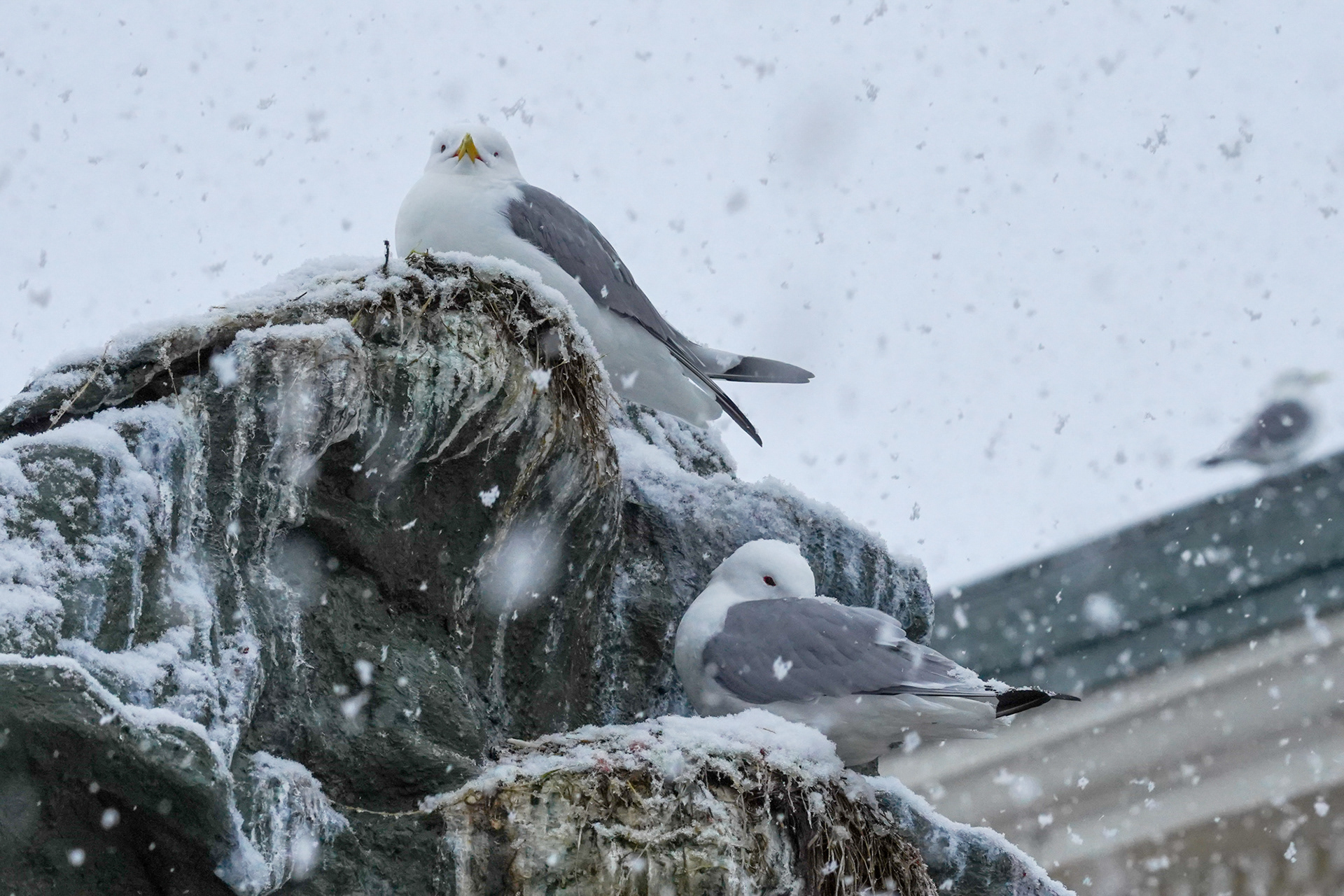
Kittiwake hotel in Tromsø. ©Aztrid Novillo

Kittiwake hotel in Tromsø. ©Aztrid Novillo
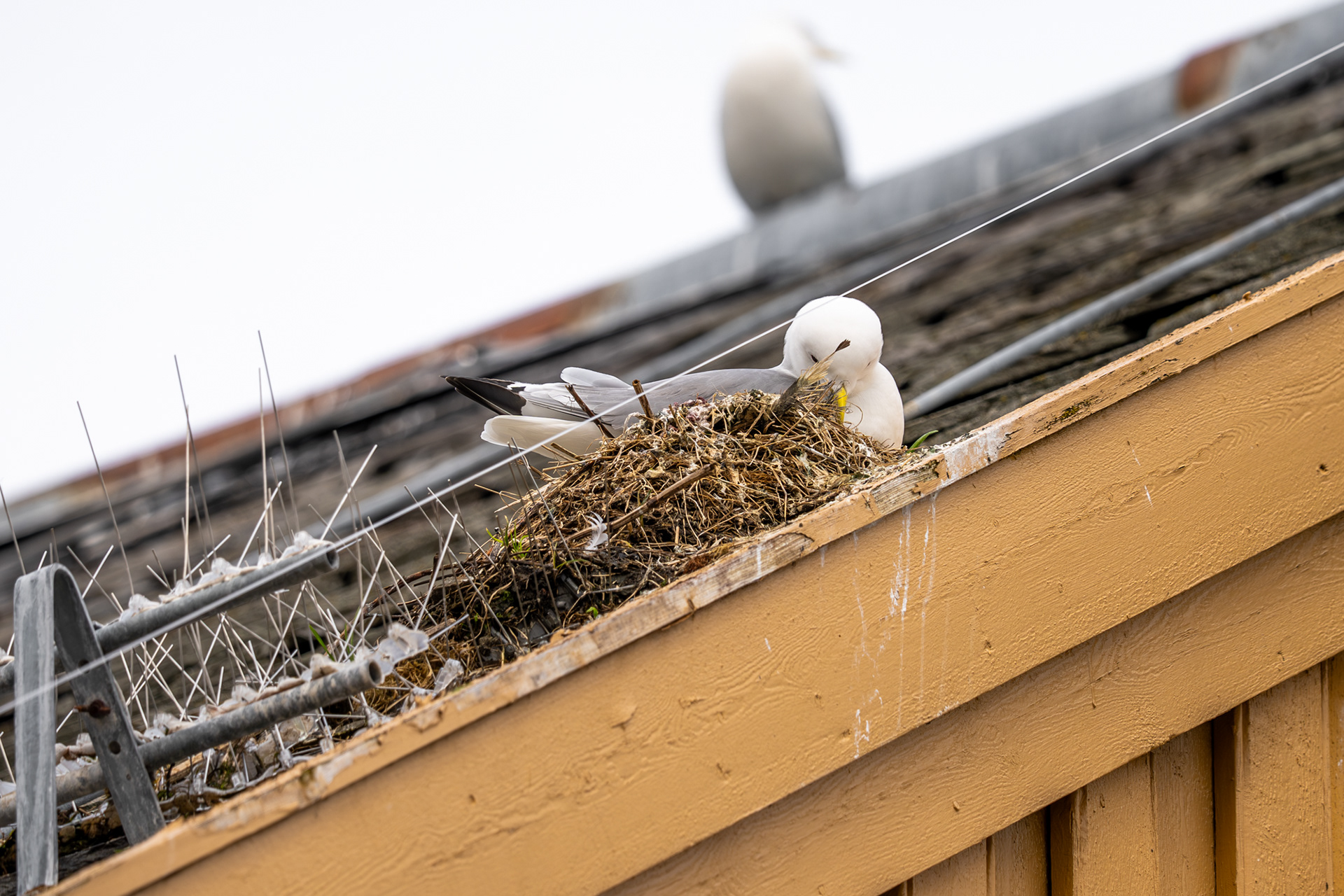
©Aztrid Novillo

Barriers ©Aztrid Novillo
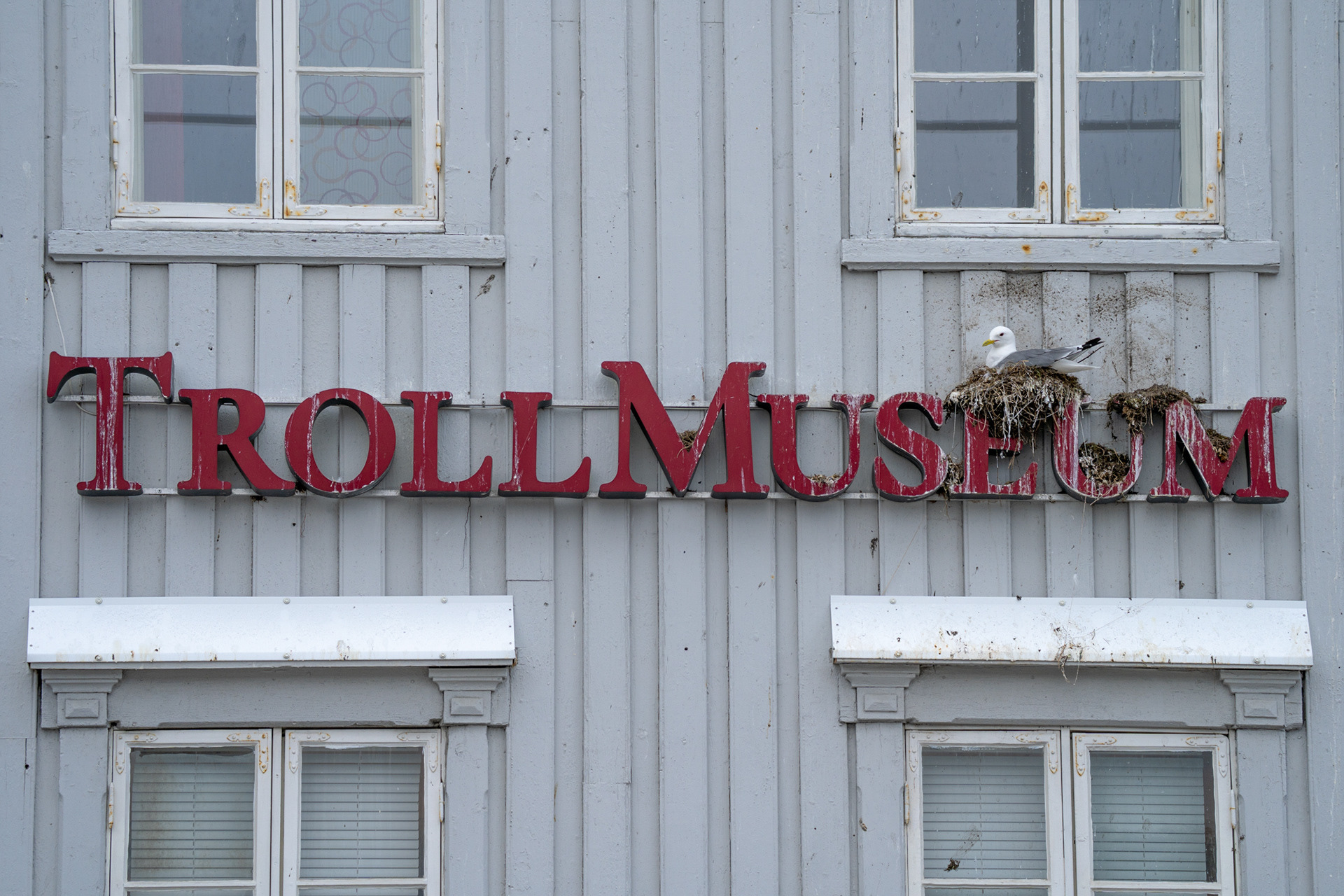
Barriers ©Aztrid Novillo
